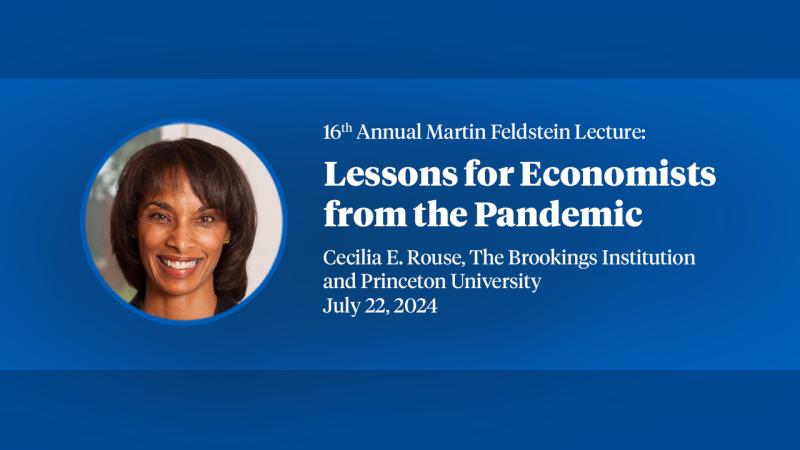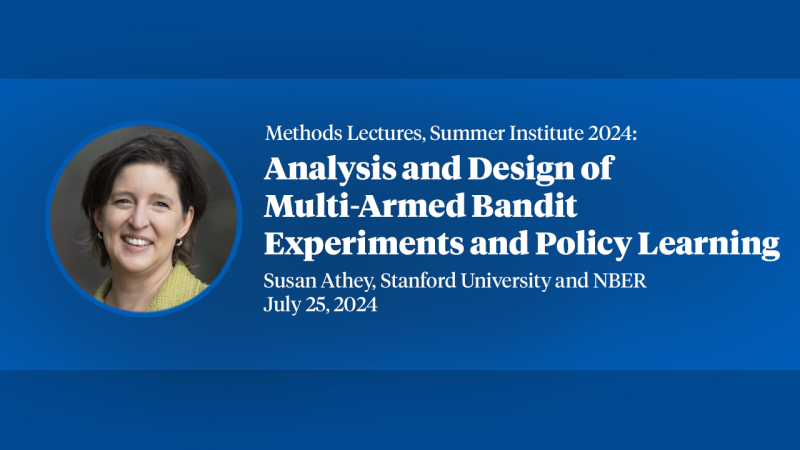1930: First Modern Crisis
Working Paper 25452
DOI 10.3386/w25452
Issue Date
Modern financial crises are difficult to explain because they do not always involve bank runs, or the bank runs occur late. For this reason, the first year of the Great Depression, 1930, has remained a puzzle. Industrial production dropped by 20.8 percent despite no nationwide bank run. Using cross-sectional variation in external finance dependence, we demonstrate that banks' decision to not use the discount window and instead cut back lending and invest in safe assets can account for the majority of this decline. In effect, the banks ran on themselves before the crisis became evident.
Published Versions
Gary Gorton & Toomas Laarits & Tyler Muir, 2023. "1930: first modern crisis," Financial History Review, vol 30(3), pages 277-307.


